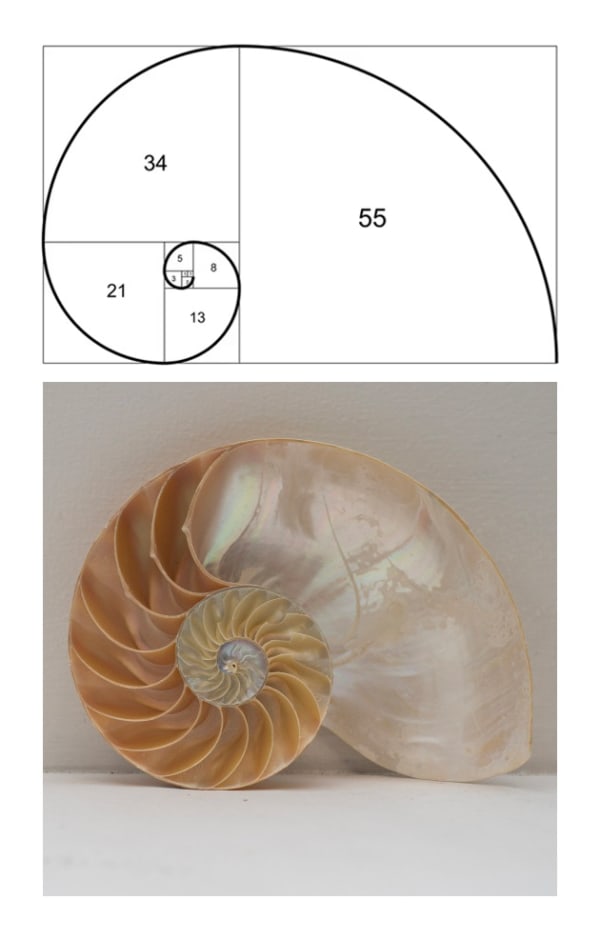-
 Jenifer Kobylarz | Still Movement
Jenifer Kobylarz | Still Movement -
Artist Jenifer Kobylarz has collaborated with Durham Press on two projects: Still Movement and Roundabout. Both silkscreen portfolios draw from her body of work which focuses on abstraction through distilling imagery to its fundamental elements. In Still Movement, Kobylarz plays with a natural, almost fern-like motif, which repeats throughout the portfolio. All three prints respond to each other, swaying in and out of the triptych to simultaneously create and break a sense of symmetry. These botanical forms sit atop a background which mimics their leaf like shapes though in a far more structured pattern, subtly contrasting and emphasizing the overall sense of movement that pervades these works. This gentle push and pull is mirrored in the opposition of words in its title - still and movement - though motion prevails. Each fern, even if just barely, shakes itself free of this structure as it stretches beyond the bounds of its background. Fluctuating between deep opaque colors and gauzy, translucent greens, Still Movement seems to emerge and disappear within itself as its forms undulate and interact.
Roundabout explores similar themes with its repetition of foundational elements from natural imagery. Here, all four prints feature a spiraling motif almost looks almost like the petals of a flower. The petals spin and out from their center, pulling your eye into a whirlpool of motion. Symmetry is broken as the prints spin in different directions, as well as by their varying colors which make some appear vibrant, some bold, and others soft. The spiral Kobylarz builds these compositions from is fitting for their natural imagery as it references the Fibonacci Sequence. The sequence, in which each number is the sum of the two proceeding it, creates an expanding spiral that pervades throughout nature - a nautilus shell, the twirl of a fern, or the structure of a pinecone. As in nature, Roundabout is built through the sum of component parts, creating an image that is simultaneously structured and free.
Jenifer Kobylarz | Still Movement – Roundabout
viewing_room


